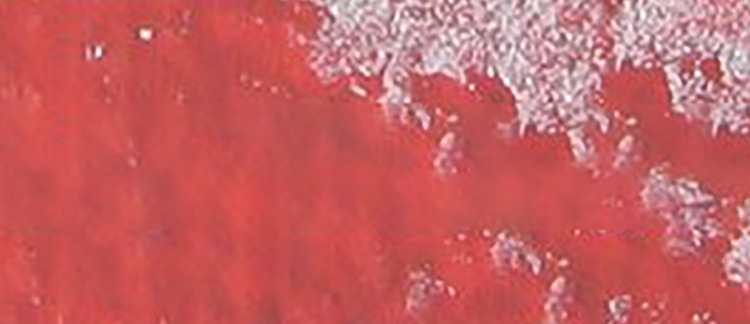Abstract
This paper summarizes the methods and outcomes of my dissertation inquiry, which examined the potential that critical perspectives on digital placemaking practices may hold for art teaching with digital materials. Within this study, placemaking is the (often, but not always, intentional) shaping of the material qualities of a place. The study described in this paper examined how critical sensitivity to the material qualities of digital places (i.e. the actions and sensations places invite and inhibit) and critical sensitivity to the colonial ideologies digital places often materially enact and habituate, may inform the crafting of arts curricula as places, and inform youth artists’ crafting of digital places. Drawing on theories of digital materialism, curricula as digital places of learning, and critical and anticolonial framings of digital placemaking, the study summarized in this article suggests that habituating critical sensitivity to the material qualities of digital places is a viable approach to addressing ideologically-laden material qualities of the digital. The study also suggests that approaching curriculum development with critical sensitivity as an act of placemaking is a viable and valuable approach to navigating tension between structure and open-endedness in curricular design, and to attending to the ideologically-laden material qualities of curricular places.
Keywords: critical sensitivity, digital materialism, settler colonialism, digital artmaking, critical place studies
How to Cite:
Meeken, L., (2022) “Critical Sensitivity in Digital Place-Craft to Unsettle Settler Sentiments of Place”, Marilyn Zurmuehlen Working Papers in Art Education 2022(1), 1-22. doi: https://doi.org/10.17077/2326-7070.31847
Downloads:
Download PDF
View
PDF

